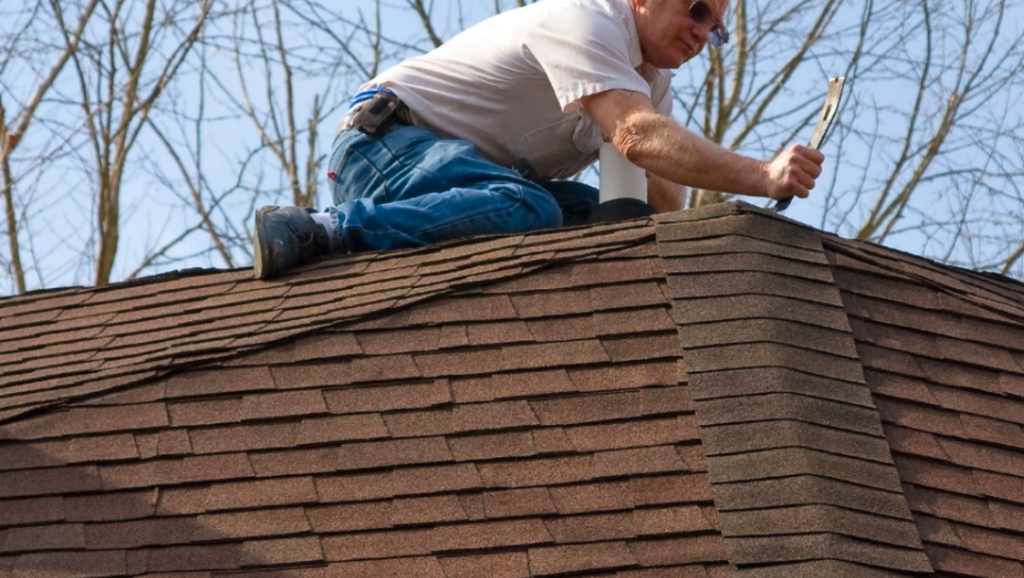
Navigating insurance claims is a common challenge for roofing contractors. Whether you’re repairing storm damage or managing a large-scale roof replacement, public adjusters can be invaluable partners in the process. These professionals advocate for policyholders by ensuring they receive a fair settlement from their insurance company. Collaborating effectively with public adjusters can make the claims process smoother and more profitable for everyone involved.
Here are some top tips to help you work seamlessly with public adjusters.
1. Understand the Role of a Public Adjuster
Public adjusters work on behalf of the policyholder, not the insurance company. Their primary goal is to maximize the claim payout, ensuring the homeowner or property owner receives the funds necessary for repairs or replacements.
As a contractor, your role complements theirs. While they focus on securing the best settlement, you provide detailed assessments, estimates, and documentation to support the claim.
2. Build a Strong Professional Relationship
Establishing a good relationship with public adjusters can lead to long-term collaboration and referrals. To foster this partnership:
- Communicate Clearly: Be transparent about your scope of work, timelines, and pricing.
- Show Professionalism: Always meet deadlines, maintain a respectful demeanor, and deliver high-quality work.
- Offer Support: Share your expertise on roofing materials, labor costs, and repair processes to help the adjuster build a solid case.
3. Provide Detailed Documentation
One of the most critical aspects of insurance claims is accurate documentation. Public adjusters rely on contractors to provide detailed, professional reports. Make sure your documentation includes:
- Thorough Estimates: Break down costs for materials, labor, permits, and other expenses.
- Photographic Evidence: Take clear, timestamped photos of the damage before, during, and after the repair process.
- Inspection Reports: Highlight the extent of the damage and specify how it impacts the property’s integrity.
- Manufacturer Recommendations: Include details about required materials and installation processes.
The more comprehensive your documentation, the stronger the adjuster’s case when negotiating with the insurance company.
4. Be Knowledgeable About Insurance Policies
While you’re not an insurance expert, having a basic understanding of standard policies and coverage terms can improve your collaboration with public adjusters. Familiarize yourself with:
- Policy Limits: Know what types of damage are typically covered.
- Exclusions: Be aware of exclusions that might complicate claims, such as wear and tear or poor maintenance.
- Depreciation vs. Replacement Cost: Understand how these affect payouts and communicate accordingly with the adjuster.
This knowledge positions you as a valuable ally in the claims process.
5. Maintain Transparency with Homeowners
Clear communication with homeowners is essential when working with public adjusters. Help them understand the process by:
- Explain your role in documenting and estimating repairs.
- Ensuring they know how the public adjuster will advocate for their claim.
- Keeping them informed about timelines, costs, and any challenges that arise.
When homeowners trust you, they will likely recommend your services to others.
6. Be Prepared for Inspections
Insurance companies often send their own adjusters to inspect the damage. Public adjusters may request your presence during these inspections to provide insights and counter any lowball assessments. To prepare:
- Be on-site and ready to answer questions.
- Bring documentation, including reports, estimates, and photos.
- Highlight specific issues that the insurance company’s adjuster might overlook.
Your expertise can significantly influence the outcome of the inspection and the final settlement.
7. Avoid Conflicts of Interest
It’s essential to maintain ethical boundaries when working with public adjusters. Avoid any behavior that might appear to create a conflict of interest, such as:
- Charging excessive fees based on insurance payouts.
- Making promises about the claim amount or settlement timeline.
- Collaborating with unlicensed or unqualified public adjusters.
A reputation for integrity will strengthen your relationships with both adjusters and clients.
8. Leverage Technology
Using the right tools can simplify your work with public adjusters. Roofing software like Pitch Gauge can help you:
- Generate detailed roof reports quickly.
- Create accurate estimates and measurements.
- Share files and documentation digitally for seamless communication.
Adopting technology improves efficiency and enhances your credibility as a contractor.
9. Stay Updated on Industry Trends
The roofing and insurance industries are constantly evolving. Stay informed about:
- Changes in local building codes and regulations.
- New roofing materials and techniques.
- Updates in insurance claim processes.
Regularly attending industry workshops, trade shows, and networking events can keep you ahead of the curve.
10. Focus on Long-Term Relationships
The roofing and insurance industries thrive on trust and reputation. Building strong relationships with public adjusters allows you to create a network of professionals who consistently refer clients to your business. Long-term partnerships are more valuable than one-time collaborations, so prioritize integrity, quality, and mutual respect.
In conclusion, working with public adjusters is an excellent opportunity for roofing contractors to expand their business and ensure clients get the best outcomes for their insurance claims. By understanding their role, providing detailed documentation, and fostering strong relationships, you can streamline the claims process and establish yourself as a trusted expert in the industry.
With the right approach, collaborating with public adjusters can become a win-win partnership that benefits your business, clients, and the roofing industry.